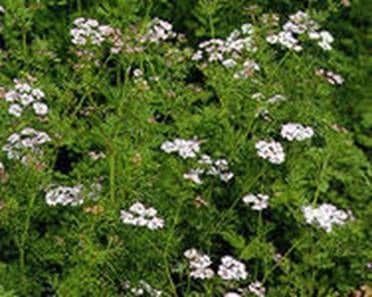
Coriander is a one-year herbaceous plant of the umbellate family. Cultivate it in the southern regions as a spicy and ethereal plant.
This is one of the best honey plants. Its flowering begins in the second or third five-day period of July. One flower releases from 0.333 to 0.425 mg of sugar in a nectar day, the honey productivity is 1 ha 313-350 kg. For pollination of 1 hectare of coriander crops, 2-3 bee colonies are necessary.
Coriander honey of amber color, has a specific smell, a sharp sweet taste. It crystallizes after 4-6 months.
Заготовка меда. Апельсиновый сок с медом.
Медоносы